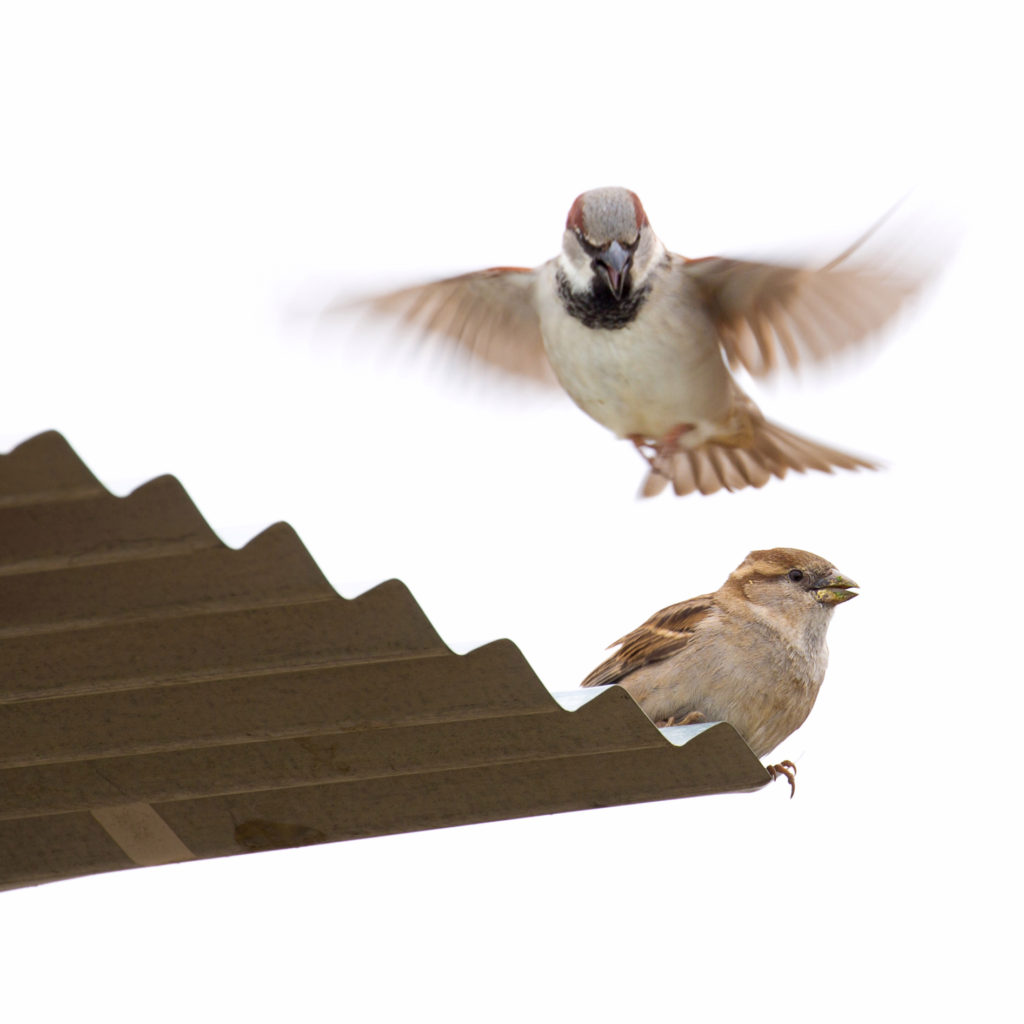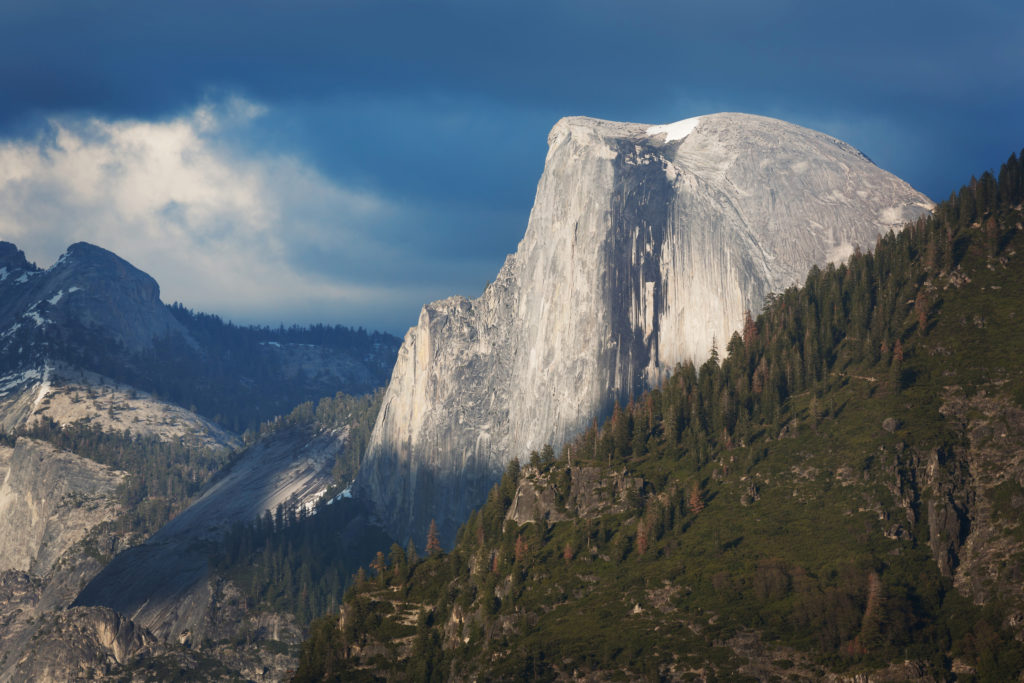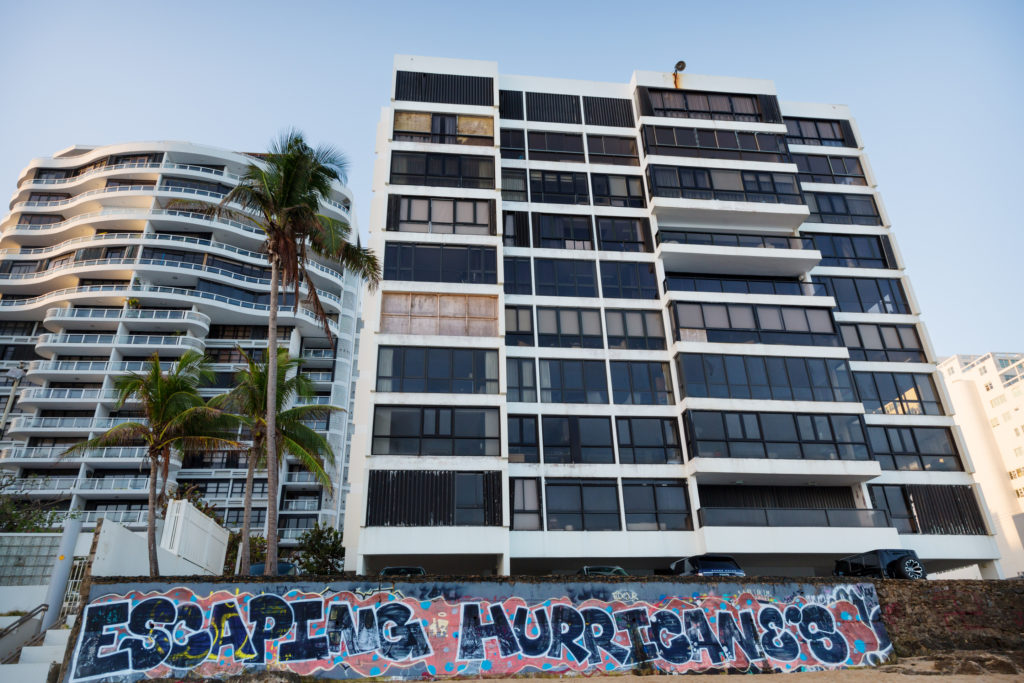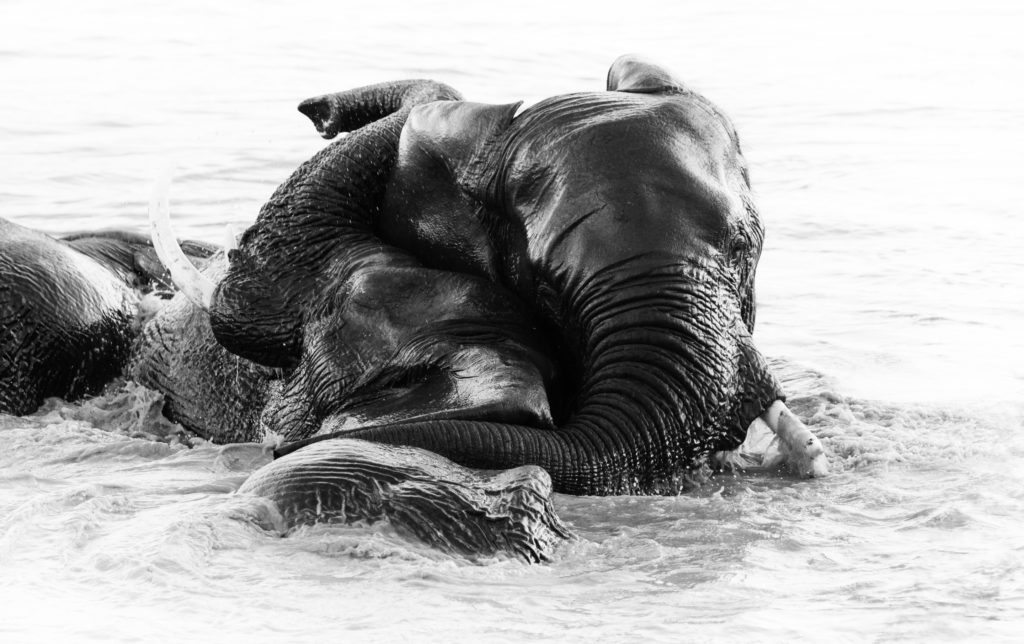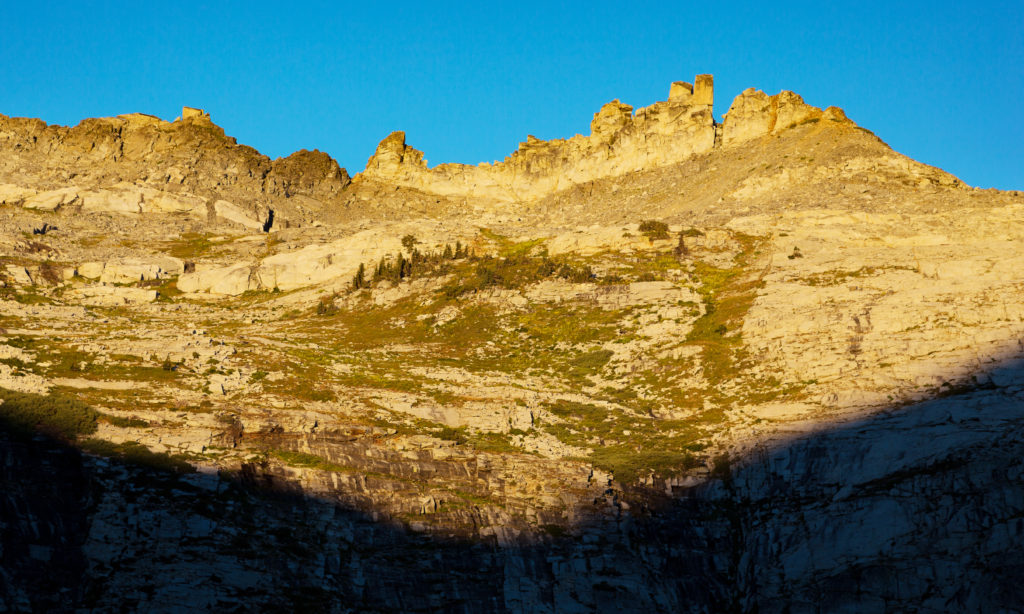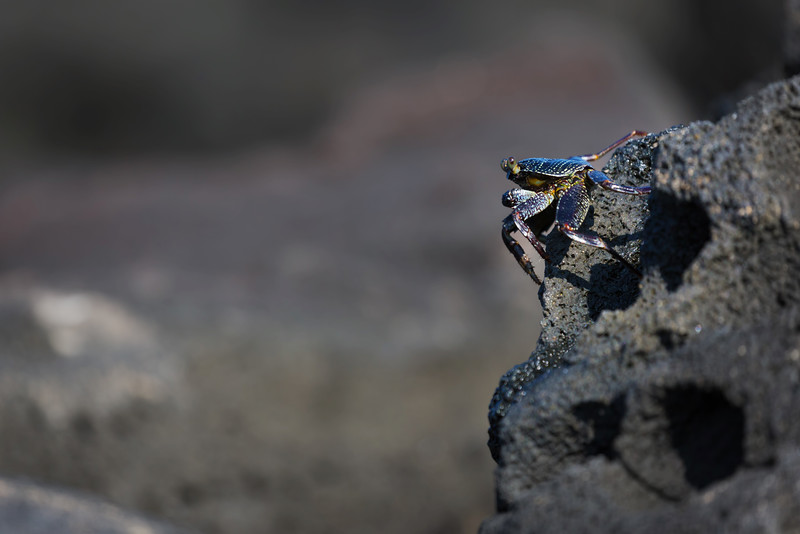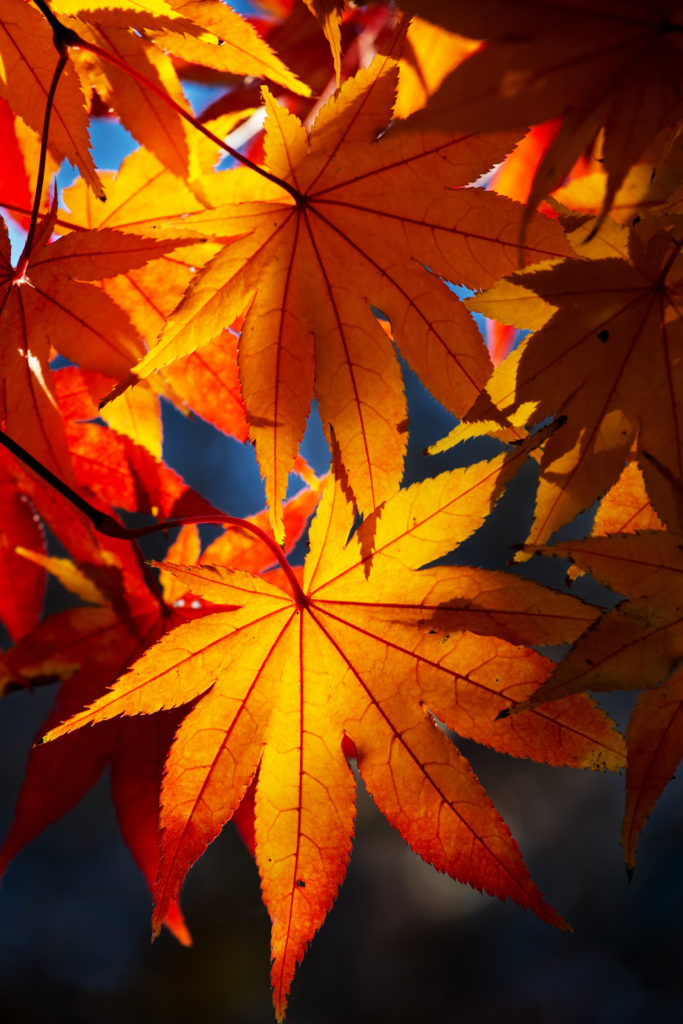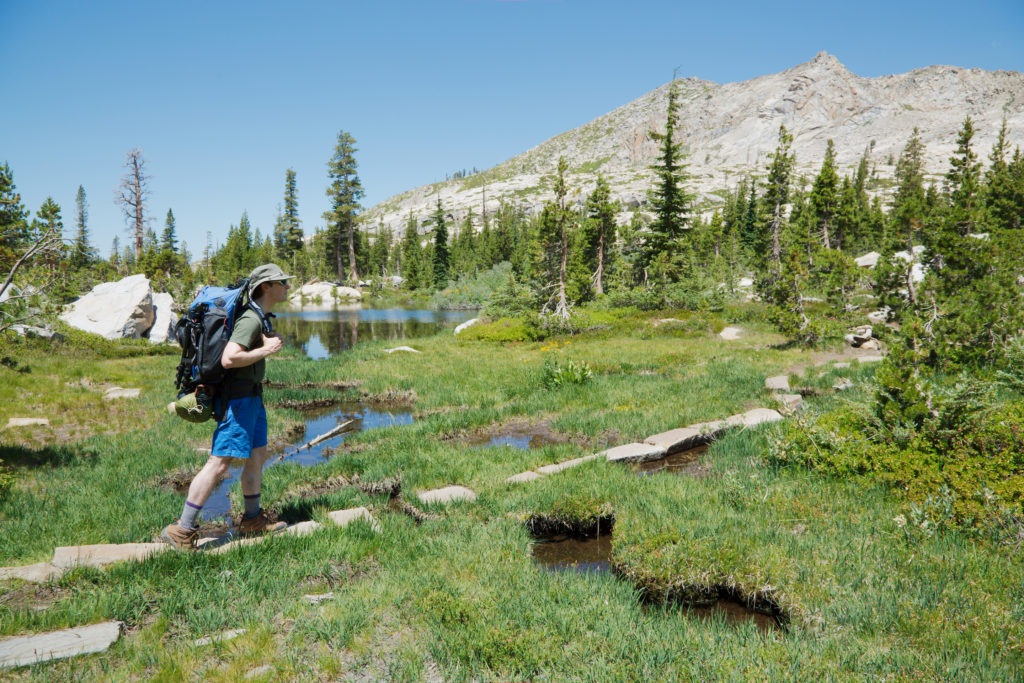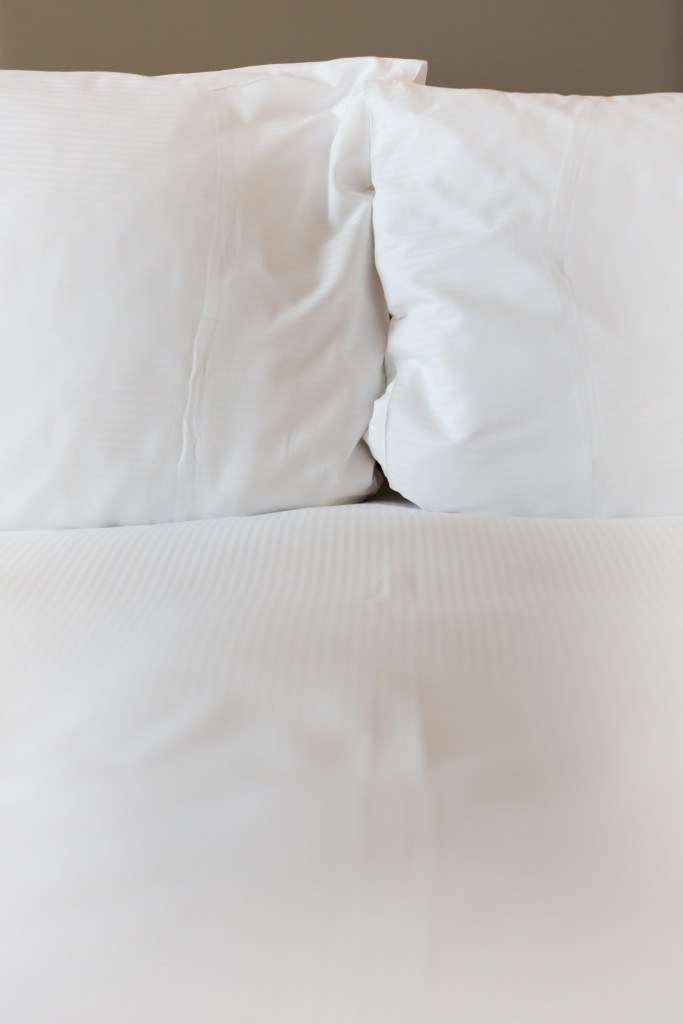What do I use and what do I recommend to you?
Over the years, many people have asked me what equipment and software I use to produce my art work. Generally, I believe you should pick the tools that are best for you. It is important that you carefully consider the type of photography you practice, as it will greatly affect your choices.
Below is a list of at least some of the software that I make use of, and why I chose it. But I chose it because it meets my needs and it may or may not meet yours. So choose wisely!
Disclosure: Most of the links below do lead to stores where you can purchase the items in this list. None of the companies discussed on this page have compensated me in any way for the particular statements I’m making, but many of the links below are links that will provide me a referral compensation (no cost to you) if you choose to follow them. Feel free to ignore the links and go to the stores yourself to search for what you want. Of course, if you appreciate the work I put into this page, feel free to use the links to help you build your tool set while providing me some small gains as well.
Software I Use
I’ve used a ton of software over the years, and I always try to pick the right tool for the right job. Much of that time, it’s Adobe Camera RAW and Photoshop. But I’ve used (the free) gimp. I regularly use Corel’s Aftershot Pro for sorting and cataloging, but I wouldn’t recommend it to most people (but dang it’s faster than lightroom for sorting). And I’m still tempted to use dark table on a more regular basis. But my full list of tools most frequently used include:
- For editing of “real production shots”: The one and only photoshop. As much as I try other things all the time, when it comes down to producing quality, this is always where I land.
- For cataloging: Aftershot Pro. But I’d generally recommend people use Lightroom on Windows/Mac or Dark Table on Linux.
- For noise removal: Topaz Denoise is by far the best noise removal tool I’ve found. Be sure to watch their tutorial videos though. If you get good results with low-light or long exposure photography, this is a must have.
- For HDR: I’ve switched to the recently announced Aurora HDR Software (use coupon code SIC-1005 to get 10% off). It’s far easier to understand than past HDR software has been. Do understand when HDR is good and when it is not, however, and use it wisely. HDR can destroy an image just as easily as it can help it.
- For creative, artistic stuff I frequently add a dash of Topaz Glow and/or Topaz Impression. I recommend trying to blend multiple layers of them with your original image!
Six Steps to Better Post-Processing
I have a whole web page talking about what to do after you get back from the field, regardless of the gear you’ve used. Head on over to my Six Post-Processing Tips page for my high-level advice on how to excel in post-processing your beautiful images.
What about Equipment?
If you’re looking for suggestions about Equipment too, please jump over to my page devoted to Equipment I Use

